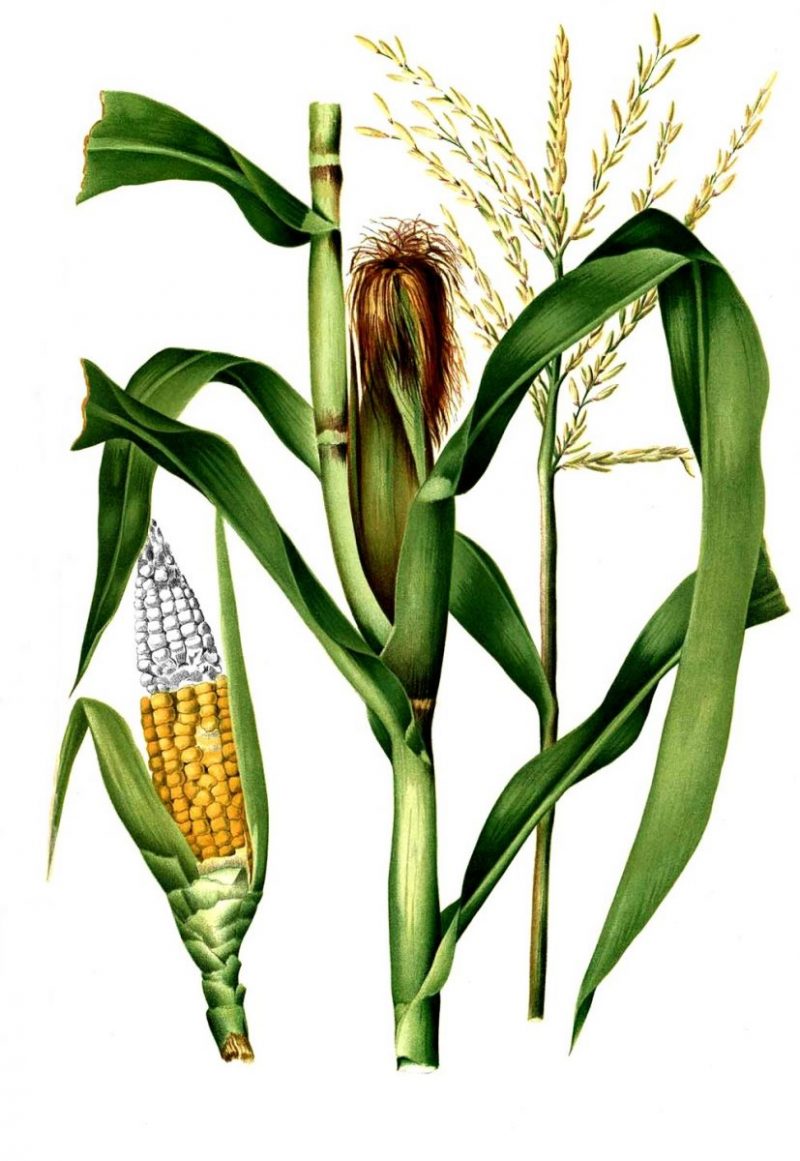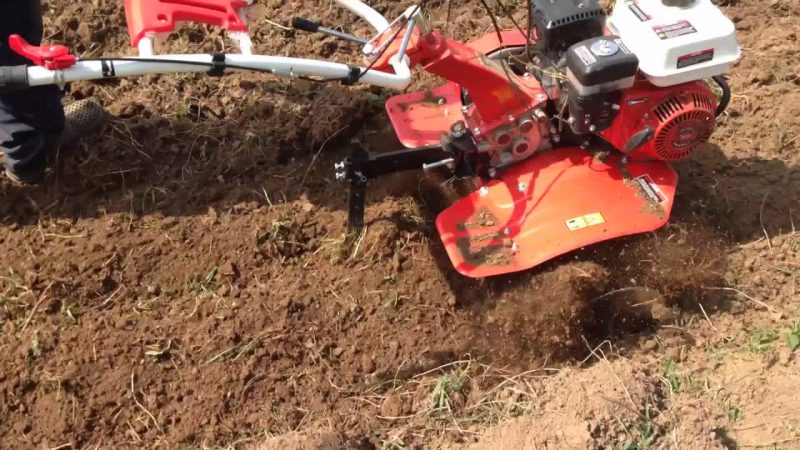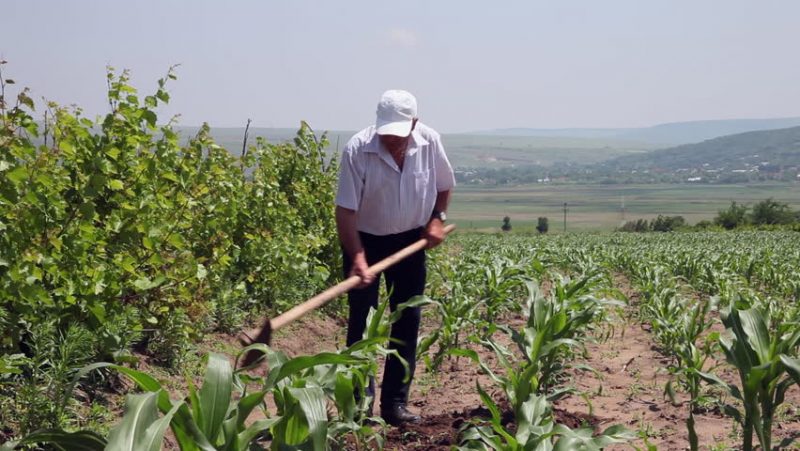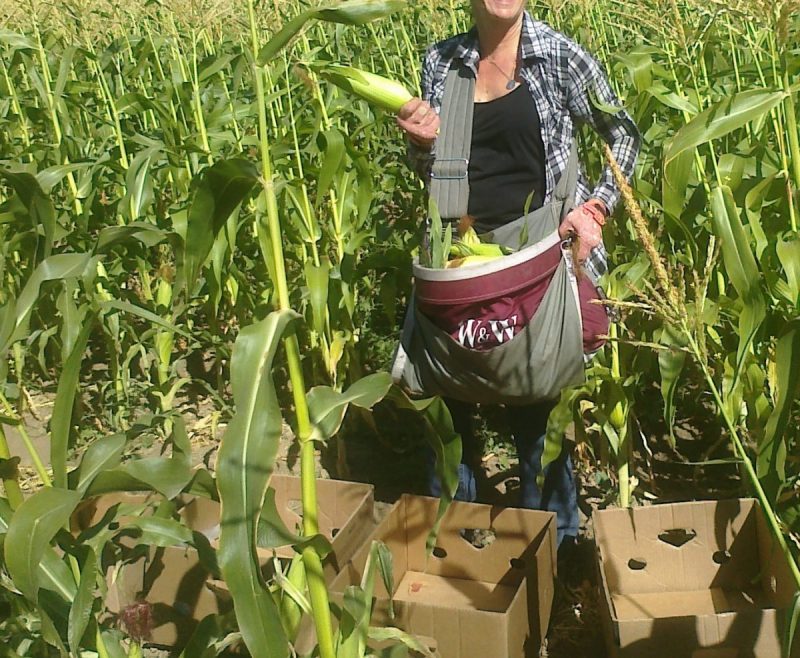Sweet corn, cultivation and harvesting technology
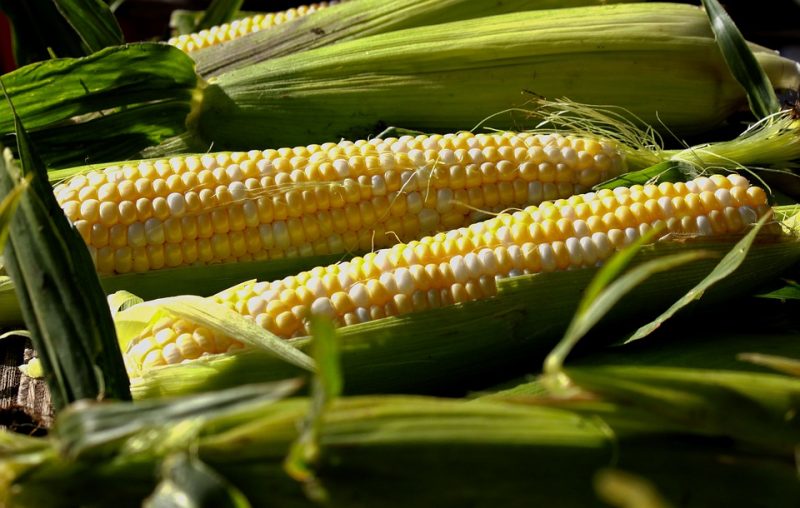
Sweet corn (Zea mays convar. saccharata var. rugosa) is an annual herbaceous plant, prized for its grains, which are harvested when the plant is in the waxy milk stage. It is consumed immediately or becomes a raw material for the canning industry. Also, corn cobs, in an early stage of development (did not yet develop grains) can be used in the food industry. Regarding sweet corn cultivation technology, the time of harvest has a special significance. In the waxy milk stage, the sugar content is high, which determines the special taste. Sugar corn is considered to be native to South America, namely Peru and Bolivia.
Biological characteristics
The plant has a well-developed root system that can penetrate into the soil to a depth of up to 150 cm. Also, at the basal part of the stem, adventitious roots develop that ensure the support of the plant. The corn stalk consists of 7-15 internodes full of marrow, which totals an average height of 1.5 – 3 m. The leaves have a long limb, 50 – 80 cm in size, with a width of 4 – 12 cm and wavy edges, which gives them flexibility. The male flowers are clustered at the top in a panicle-like inflorescence, and the female flowers are clustered in spadix-like inflorescences. Pollination is anemophilous (by wind). The fruit is a caryopsis.
Environmental and soil requirements. Sweet corn has high light and heat requirements. The minimum germination temperature is 8 – 10° C, and the optimum is 21 – 26° C. During the vegetative growth period the temperatures must be between 25 – 30° C. Negative temperatures of -4° C cause the destruction of plants, and those that are too high, during the harvest, leading to the depreciation of cobs and grains. From the development of the panicle to the formation of the grains, the moisture requirements are high. Usually, late varieties are more resistant to drought. It prefers fertile soils and lands in meadow areas.
Sweet corn crop technology
Field selection and crop rotation. The land has to be chosen carefully, to meet the requirements regarding the climate and soil. If possible, corn should be planted in flat, humus-rich, medium-textured, irrigable land. There has to be a space of at least 200 meters between the sweet crop and other corn crops, so as not to mix. It should be grown after peas, beans, soybeans, Windsor beans, lentils, chickpeas, potatoes, tomatoes, eggplants, peppers, wheat, barley, oats, or rye.
Land preparation
Land preparation begins in the fall after removing the previous crop, the maintenance leveling, and basic fertilization, which has to be carried out according to prior analysis of the soil. In the spring, the soil must be kept clean and the seedbed has to be prepared when the temperatures allow sowing.
Sowing
The operation is carried out at a sowing depth of 4 – 6 cm when temperatures of 8 – 10° C are recorded and the weather has a tendency to warm up. Usually, these conditions are met after April 15, but due to climate change, there may be some atypical years, in which the sweet corn can be sown from April 1. Sowing can be done mechanically or manually. If mechanized, the sowing pattern is 70 cm distance between rows and 20 – 25 cm distance between plants per row, to obtain a density of 50 thousand plants per hectare.
Fighting diseases and pests
This is done by applying treatments with specific fungicides and insecticides. In order to avoid the appearance of diseases or pests resistant to the action of phytosanitary products, it is recommended to alternate the products with different active substances.
Weed control
It is the most important work when caring for corn crops. Due to the slow growth rate in the early stages of the vegetative growth period and the low density per unit area, corn cannot compete with the weeds. Losses caused by weeds can be between 30-90%. To control them, mechanical weeding can be carried out or herbicides can be applied.
Recommended products
-
You can find products on a different store
Change Store -
You can find products on a different store
Change Store -
You can find products on a different store
Change Store -
You can find products on a different store
Change Store -
You can find products on a different store
Change Store -
You can find products on a different store
Change Store -
You can find products on a different store
Change Store -
You can find products on a different store
Change Store -
You can find products on a different store
Change Store -
You can find products on a different store
Change Store -
You can find products on a different store
Change Store -
You can find products on a different store
Change Store -
You can find products on a different store
Change Store -
You can find products on a different store
Change Store -
You can find products on a different store
Change Store -
You can find products on a different store
Change Store -
You can find products on a different store
Change Store -
You can find products on a different store
Change Store -
You can find products on a different store
Change Store -
You can find products on a different store
Change Store -
You can find products on a different store
Change Store -
You can find products on a different store
Change Store -
You can find products on a different store
Change Store -
You can find products on a different store
Change Store
Irrigation and fertilization are recommended in the case of obtaining a high production. In dry years, you should water the crop 4-5 times with quantities of 400 – 500 cubic meters per hectare. Specific fertilizers should be applied.
Recommended products
-
You can find products on a different store
Change Store -
You can find products on a different store
Change Store -
You can find products on a different store
Change Store -
You can find products on a different store
Change Store -
You can find products on a different store
Change Store -
You can find products on a different store
Change Store -
You can find products on a different store
Change Store -
You can find products on a different store
Change Store -
You can find products on a different store
Change Store -
You can find products on a different store
Change Store -
You can find products on a different store
Change Store -
You can find products on a different store
Change Store -
You can find products on a different store
Change Store -
You can find products on a different store
Change Store -
You can find products on a different store
Change Store -
You can find products on a different store
Change Store -
You can find products on a different store
Change Store -
You can find products on a different store
Change Store -
You can find products on a different store
Change Store -
You can find products on a different store
Change Store -
You can find products on a different store
Change Store -
You can find products on a different store
Change Store -
You can find products on a different store
Change Store -
You can find products on a different store
Change Store
Harvesting
It is done when the grains have reached the milk and wax stage and the silk has a brown color. If sowing was done in stages, the harvest period is between July and the first rimes. The operation is carried out manually, at the beginning or at the end of the day. Harvesting should be done in stages and it is advisable to do it only in dry and cool weather.














































































































































































































































































































































































































































